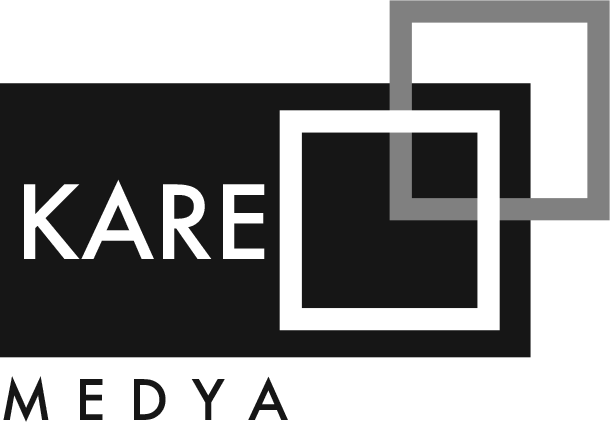
Journal of Education and Research in Nursing
Childhood Obesity: Pathways between Mothers’ Health Literacy and Behaviors and Self-Efficacy of Eating and Physical Activity in Their Children
Nebahat Bora Güneş1, Işın Alkan2, Rabiye Akın Işık3, Osman Dağ4, Hilal Özcebe51Department of Child Health and Diseases Nursing, Hacettepe University Nursing Faculty, Ankara, Türkiye2Department of Nursing, Zonguldak Bülent Ecevit University Health Sciences Faculty, Zonguldak, Türkiye
3Department of Obstetrics and Gynecologic Nursing, Hacettepe University Nursing Faculty, Ankara, Türkiye
4Department of Biostatistics, Hacettepe University Medicine Faculty, Ankara, Türkiye
5Department of Public Health, Hacettepe University Medicine Faculty, Ankara, Türkiye
Background: Childhood obesity is a rapidly growing global public health issue. To combat this issue and promote a healthy body weight for children, encouraging children to adopt healthy eating and physical activity (PA) habits is crucial. However, the factors underlying children’s eating and PA behaviors are complex, and the health literacy (HL) of mothers, PA habits of parents, as well as self-efficacy.
Aim: The aim of this study was to investigate how mothers’ sociodemographic factors, HL, body mass index (BMI), and PA levels affect their children’s BMI, nutritional and PA behaviors, and related self-efficacy.
Methods: This cross-sectional study included 320 children aged 8–12 and their mothers. Data were collected using questionnaires for mothers (Sociodemographic Data Form, Türkiye HL Scale-Short Form, International PA Questionnaire) and for children (sociodemographic data form, anthropometric measurement form, nutritional behavior scale, PA Questionnaire, self-efficacy for healthy eating, PA self-efficacy scale). Path analysis was conducted to illustrate the structure of the variables.
Results: The mothers had an average age of 38.0±5.37 years, with approximately half of the participants having two children. The results of the path analysis revealed that mothers’ education level and HL were significant predictors of their PA and BMI. In addition, mothers’ PA levels had a positive effect on their children’s duration of PA. The mother’s HL, mother’s BMI, and children’s PA levels and nutritional behaviors were also identified as factors that affect children’s BMI z-scores.
Conclusion: Enhancing the HL of mothers is a potent strategy in preventing childhood obesity, as it can lead to children achieving the recommended BMI z-scores and PA levels. As part of their usual care practices, nurses should adopt a family-centered approach that assesses mothers and children together.
Manuscript Language: English
Copyright © 2025 Journal of Education and Research in Nursing


